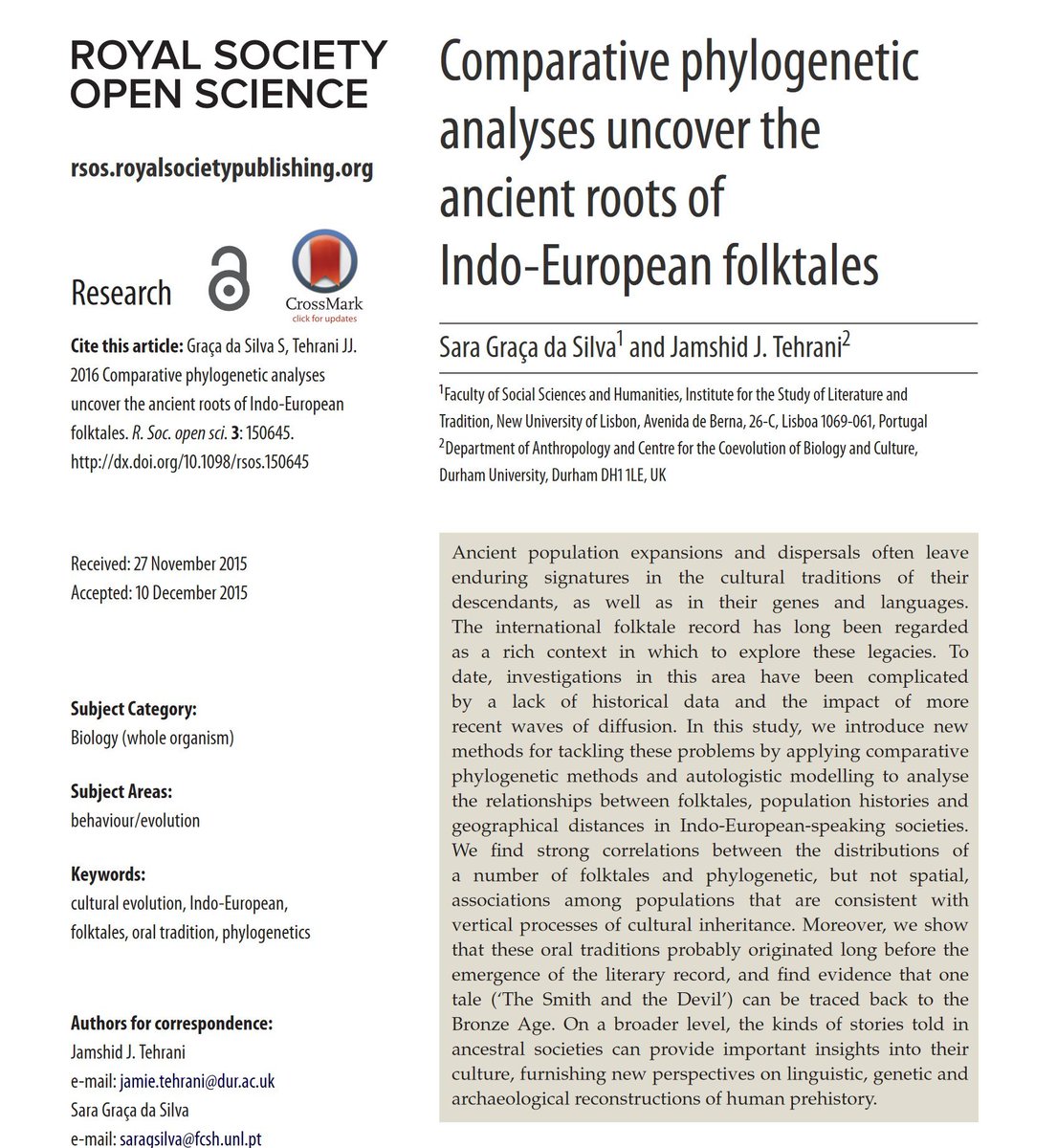
A lesson of COVID is that a real danger to humanity comes from "boring apocalypses," where the decay of governmental capability & general dynamism result in a lower ability to adapt. This increases the chance that the next near-miss existential threat may lead to catastrophe. 1/2 

This time, fast adaption saved us (Car companies retooled their assembly lines & made 80,000 ventilators! Vaccines developed in record times! Quick moves to remote work!) but also failed by many institutions. Continued decay of those poses a real threat. 2 researchgate.net/publication/32… 

Near Non-Boring Apocalypses prompt action. After 9/11, it took two months to create the TSA & less for the Patriot Act, which were (at the time) responses to a potential Non-Boring Apocalypse (chemical, nuclear, bio terrorism). Similar stuff happens after nuclear accidents. 3/
Near Boring Apocalypses may have the opposite effect. Some of the dynamism that allowed us to adapt (like unrestricted work-from-home) are now being viewed as problems by HR departments. Responses to failure at places like the CDC may make them MORE risk averse to avoid errors. 4
We have developed successful hardened systems to lower the risk of apocalypses based on catastrophic failures like nuclear weapon or plant accidents (though those fail, too!), but only dynamic and flexible private & public systems in tandem can protect against Boring Apocalypses.
• • •
Missing some Tweet in this thread? You can try to
force a refresh
























